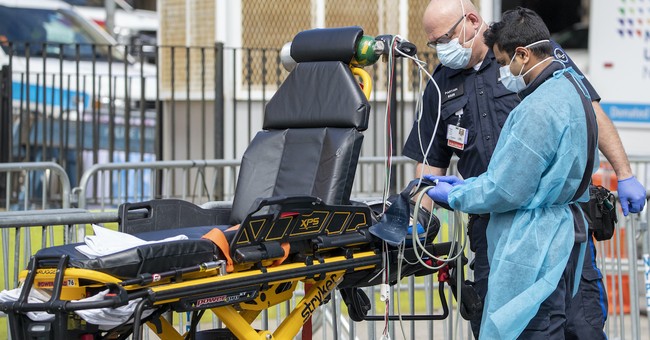
I’ve been watching this virus since November last year, and I’ve been tracking CDC data for at-least 3 month now. The NY Times is mis-representing the virus death curve. I’ve had suspicions for a while, but the cat was let out of the bag on June 25th, when New Jersey reclassified 1877 previous deaths as covid-19 deaths, and the NY Times reported them as June 25th deaths. What the NY Times is tracking is not time of death, but time of determination that death was caused by Covid-19. I discussed this in the prior diary, but I don’t think I made a strong enough case as to the repercussions of this.
So here, I’m reposting the graph of excessive deaths from death certificate tracking (which is time of death based) and NY Times data (which is time of reported cause of death based):
Weekly-Fatalities-Comparison-06-26
The total number of deaths between the two isn’t far off. Depending on what is considered ‘normal’, the entire death certificate based curve can be shift up or down. But the shape will not change. Why is this important?
- The death curve isn’t flattened. Flattening the curve was a complete failure.
- People are no longer dying by the thousands every week from the virus. NY Times reporting makes it look so, causing distress in the public.
- Politicians react to the NY Times reporting and justify bad policy
- And now, research groups are using the same method I used and coming to the wrong conclusion. USA Today just reported on a research group that used a similar method that I used, didn’t know that the NY Times is not reporting time of death (it took me a while to truly realize this too), and now is using the difference between the curves to conclude that an extra 50,000 or so people died from the virus. They are comparing dissimilar data and drawing bad conclusions. Expect the press to run with this and continue their reign or terror reporting.
I’ll publish a full update this weekend when the next batch of CDC data drops. But the misrepresentation of the death curve is starting to have staggering consequences.






